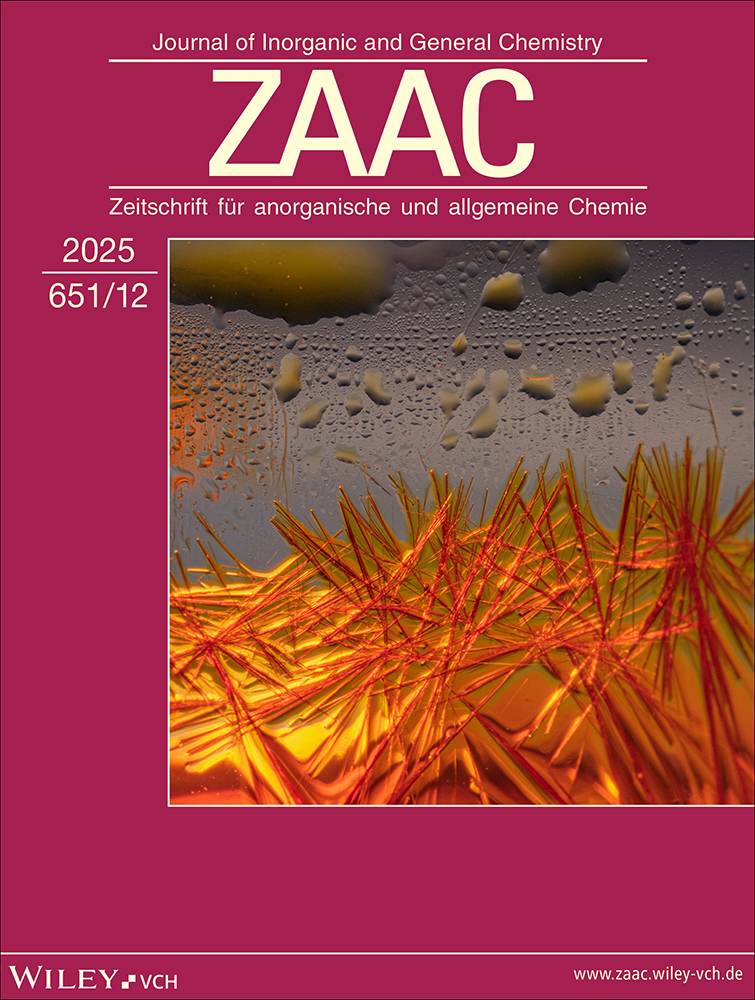Mechanism of Substitution in Carbonated Apatites
Abstract
Single-phase AB-type carbonate apatites were prepared by sintering appropriate mixtures of CaHPO4 and CaCO3 at 870°C in a CO2 atmosphere with a partial water vapor pressure of 5 mm Hg. Chemical and physical analyses indicate that at a constant CO32−/OH− ratio in the hydroxyl sublattice, carbonate substitutes for phosphate on a 1:1 mole basis. For every three PO43− ions substituted, two vacancies in the Ca2+ sublattice and one in the OH− sublattice are created. The same substitution mechanism seems to apply in pure B-type carbonate apatite.




